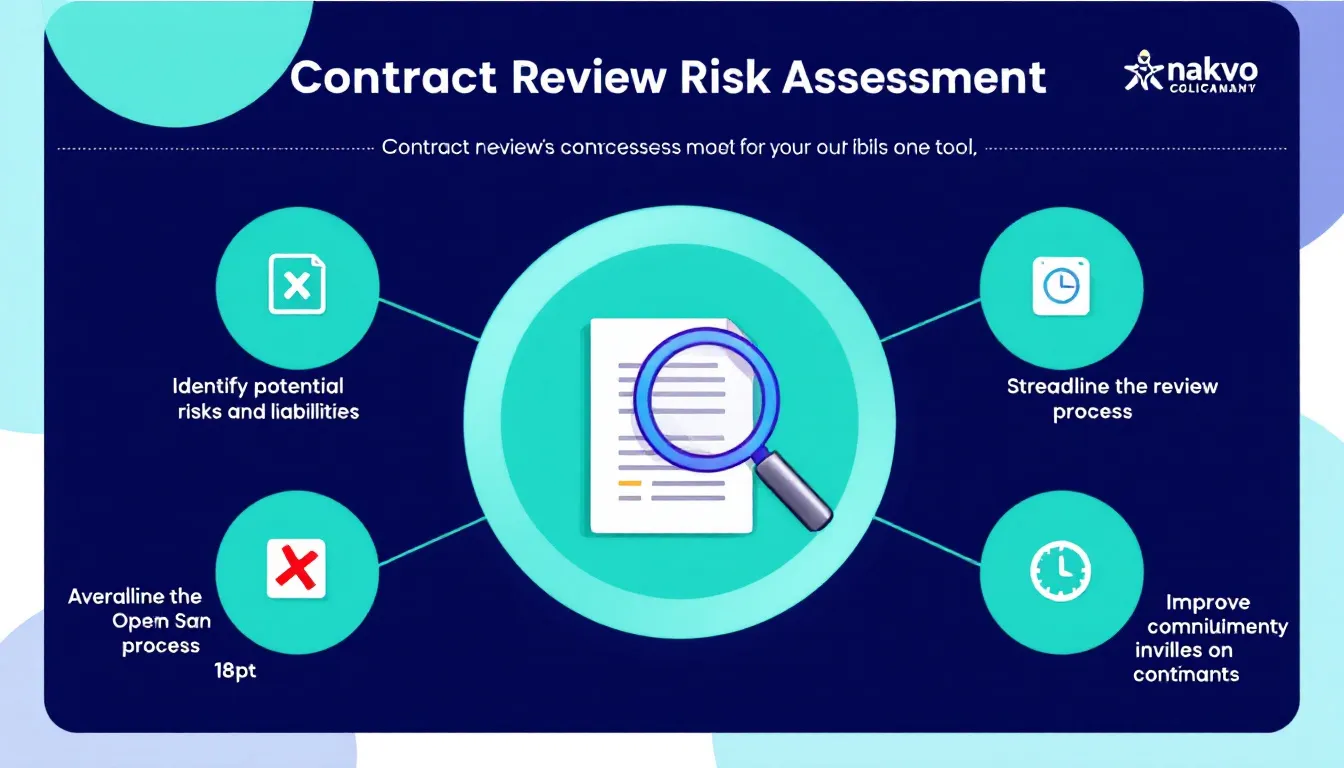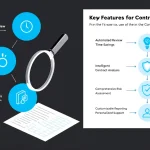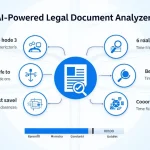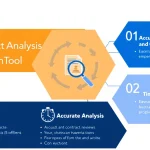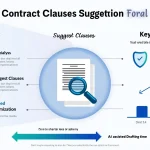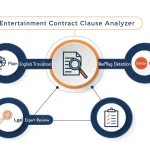Contract Risk Assessment
Is this tool helpful?
How to Use the Contract Risk Assessment Tool Effectively
Follow these steps to get the most accurate and useful contract risk analysis from this tool:
-
Enter Contract Terms: Paste the entire contract text you want to evaluate. Include all sections, appendices, and clauses.
Example inputs:- “Non-disclosure agreement for a freelance graphic designer.”
- “Service-level agreement detailing uptime and response times for cloud hosting.”
-
Specify Client Industry (Optional): Enter the client’s business sector to add relevant industry context to the analysis.
Example inputs:- “Renewable energy”
- “Automotive manufacturing”
-
Highlight Specific Concerns (Optional): List particular clauses or potential issues you want the tool to focus on during the review.
Example inputs:- “Termination penalties”
- “Data ownership and retention policies”
- Submit for Review: Click the “Review Contract” button to start the risk analysis process.
- Review Results: After analysis, examine the detailed risk assessment displayed below the form.
- Copy Results: Use the provided copy option to save or share your contract review findings.
Introducing the Contract Risk Assessment Tool
The Contract Risk Assessment Tool helps you review contract documents efficiently by identifying hidden risks and potential issues. It uses natural language processing and machine learning to analyze contract language and highlight areas that could affect your legal or business interests.
Purpose and Advantages
This tool speeds up contract reviews and improves accuracy by providing consistent, thorough risk identification. Its benefits include:
- Saving time compared to manual reviews
- Spotting ambiguous or unfair clauses
- Providing insights tailored to your client’s industry
- Supporting more informed negotiation strategies
- Protecting your client’s legal and financial interests
Practical Uses of the Contract Risk Assessment Tool
This tool works well across a variety of industries and contract types. Below are common scenarios where it adds value:
1. Reviewing Employment Contracts
- Analyze non-compete clauses, intellectual property rights, and termination terms
- Ensure compliance with regional labor laws
- Flag potentially unenforceable provisions and suggest alternatives
2. Evaluating Commercial Lease Agreements
- Assess clauses on rent escalation, maintenance responsibilities, and termination conditions
- Clarify ambiguous terms regarding property management obligations
- Identify possible risks that lead to costly disputes
3. Analyzing Software Licensing Deals
- Review usage restrictions and intellectual property protections
- Check warranty clauses and liability limits
- Highlight gaps in data privacy and security provisions
4. Supporting Mergers and Acquisitions
- Examine indemnity and post-closing obligations
- Spot issues in representations, warranties, and earn-out terms
- Recommend precise language to reduce liability exposure
5. Reviewing Vendor and Supplier Contracts
- Check delivery schedules and pricing terms
- Identify risks in force majeure clauses and exit strategies
- Suggest flexible pricing adjustments to handle market changes
How This Tool Meets Your Contract Review Needs
Comprehensive Risk Detection
It analyzes every clause for vague wording, unfair terms, and gaps that could expose you to legal or financial risk. It also scans for inconsistencies and missing protections.
Industry-Contextual Analysis
By including your client’s industry, you receive insights that reflect sector-specific concerns, such as regulatory compliance or intellectual property nuances.
Customizable Focus on Concerns
Highlight areas you want especially reviewed, such as termination conditions or indemnity clauses, to ensure critical risks get the attention they deserve.
Clear, Actionable Recommendations
The tool doesn’t just flag problems. It suggests revisions, additional protections, and negotiation tips that help you address identified risks effectively.
Long-Term Risk Perspective
It evaluates how contract terms might affect you over time, helping you avoid future issues and make informed decisions before signing agreements.
Benefits of Using the Contract Risk Assessment Tool in Your Workflow
- Improved Accuracy: Detailed review ensures critical risks don’t go unnoticed.
- Time Savings: Automating initial analysis lets you focus on interpretation and strategy.
- Consistent Reviews: Standardized criteria deliver reliable and repeatable assessments.
- Stronger Negotiations: Identify leverage points with clear insight into contract weaknesses.
- Ongoing Learning: The tool adapts over time to legal trends and industry changes.
- Scalable for Any Volume: Works equally well for single contracts and large-scale due diligence projects.
- Client Protection: Early risk identification helps avoid costly disputes and losses.
Frequently Asked Questions about Contract Risk Assessment
What contract types can this tool analyze?
It handles a broad range of contracts — from employment agreements and lease contracts to software licenses, vendor agreements, and merger documents. The tool adapts to different industries and structures.
How long does the review take?
Review times vary with contract length and complexity. Most analyses complete within minutes, far faster than manual review processes that can take hours or days.
Can this tool replace my legal advisor?
No. It supports your contract review by identifying risks and providing insights but doesn’t replace professional legal judgment. Qualified lawyers should interpret the results and provide strategic advice.
Important Disclaimer
The calculations, results, and content provided by our tools are not guaranteed to be accurate, complete, or reliable. Users are responsible for verifying and interpreting the results. Our content and tools may contain errors, biases, or inconsistencies. We reserve the right to save inputs and outputs from our tools for the purposes of error debugging, bias identification, and performance improvement. External companies providing AI models used in our tools may also save and process data in accordance with their own policies. By using our tools, you consent to this data collection and processing. We reserve the right to limit the usage of our tools based on current usability factors. By using our tools, you acknowledge that you have read, understood, and agreed to this disclaimer. You accept the inherent risks and limitations associated with the use of our tools and services.
